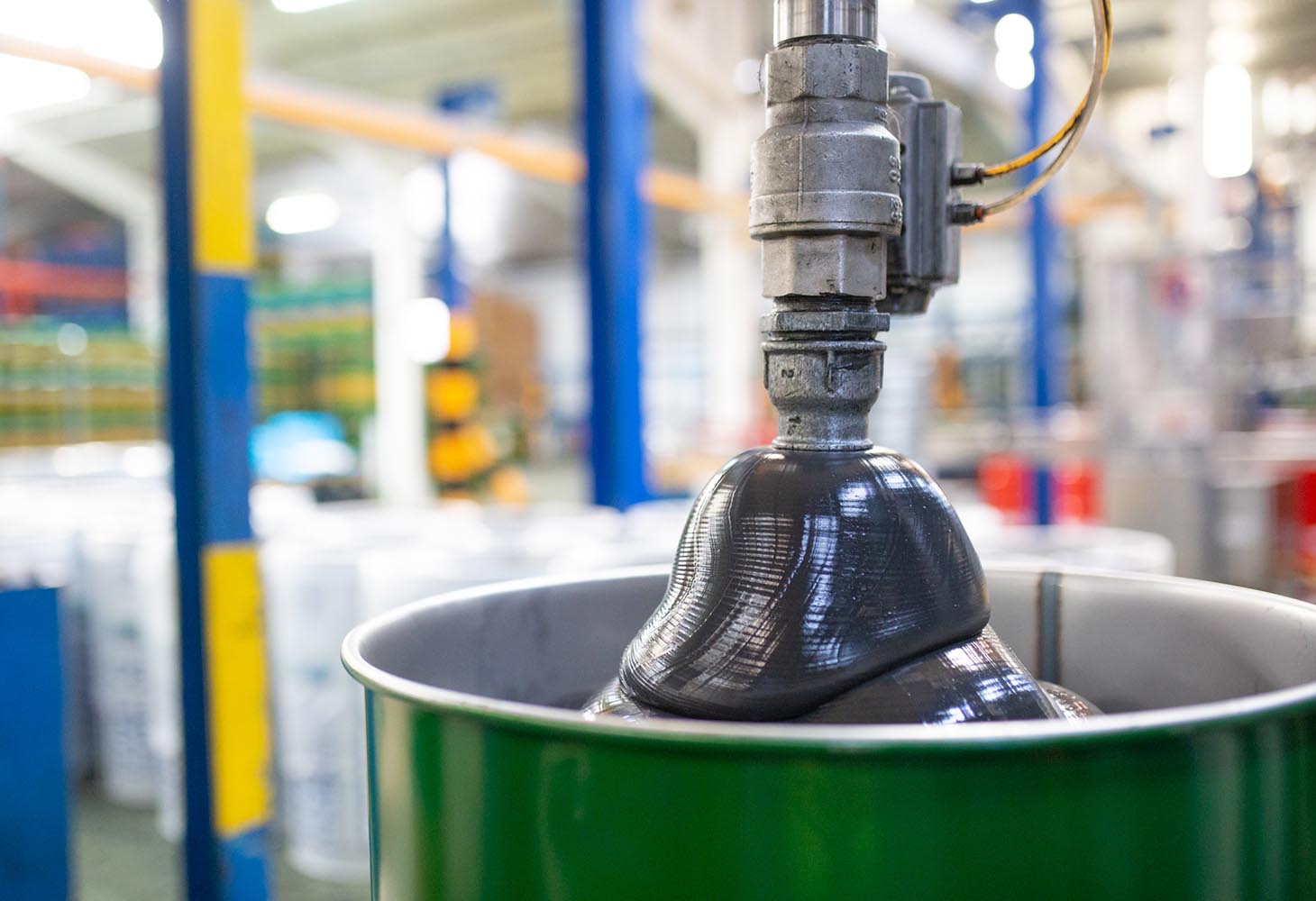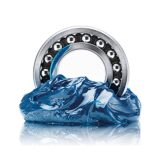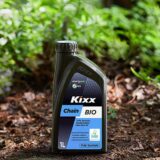
Navigating the lubricant industry’s regulatory shifts
The lubricant industry has been grappling with a rapidly evolving regulatory landscape. For many stakeholders, from chemical manufacturers and lubricant producers to regulators and end-users, navigating these changes has become a daunting task. Recent reclassifications of long-standing chemicals have raised eyebrows and prompted questions about the future, according to an article in the August issue of NLGI Grease World. The article was authored by Casey Budd, director of R&D, and co-authored by John Sander, VP, R&D, Lubrication Engineers, based in Wichita, Kansas, U.S.A.
In 2022, a study on a widely-used antioxidant chemistry was released. The findings suggested potential fertility impairing effects of the antioxidant, leading to a change in its classification. Now, products containing this substance in specific concentrations must carry a new hazard label. This substance, known both by various trade names and as octyl-butyl diphenylamine (OBDPA), is a cornerstone in the lubricants industry. Its reclassification has sparked debates and posed critical questions. Should it be banned in certain applications? Should manufacturers seek alternatives? How should end-users handle products containing such ingredients?
Regulatory bodies like the European Commission (EC) face challenges in responding to such changes. While NSF, a product testing, inspection, certification organization with headquarters in Ann Arbor, Michigan, U.S.A., has maintained its stance on OBDPA, the EC has taken a different approach. This divergence underscores the complexities in interpreting and acting on new data.
For formulators, these regulatory shifts can be tricky. While some might opt for a straightforward solution like updating labels, others might face backlash from end-users wary of hazardous labels. OBDPA’s widespread use and the limited alternatives, especially for certain lubricants, make reformulation a challenging endeavor. Changing ingredients can disrupt the balance and potentially compromise performance.
Certain products might be more affected by these changes. For instance, products with the EU Ecolabel distinction must be reformulated to retain the label. The situation with H1 lubricants, used in food plants, is more nuanced. The juxtaposition of a potential reproductive hazard in a product used in food production can be jarring for some.
Some companies might argue that the risks posed by OBDPA, when used responsibly, are minimal. With the increasing prevalence of hazard labels on products, updating labels without changing the formula might be a viable option for some. However, companies choosing this route should be prepared to educate and address customer concerns.
In conclusion, as the regulatory landscape continues to shift, collaboration and open communication within the industry are crucial. Organizations like the National Lubricating Grease Institute (NLGI) offer platforms for sharing vital information, fostering understanding, and helping stakeholders navigate these changes.














